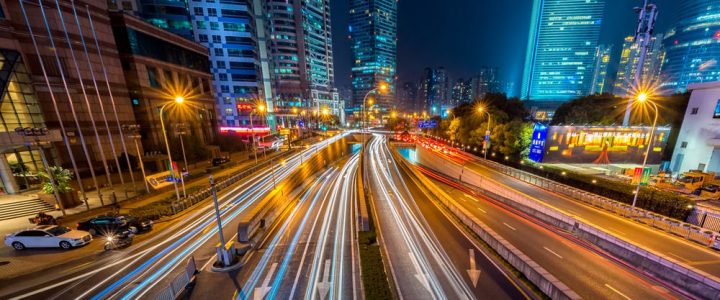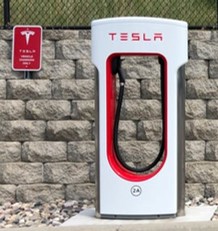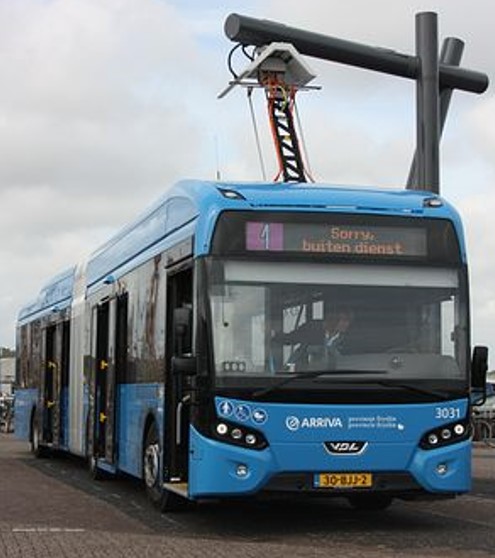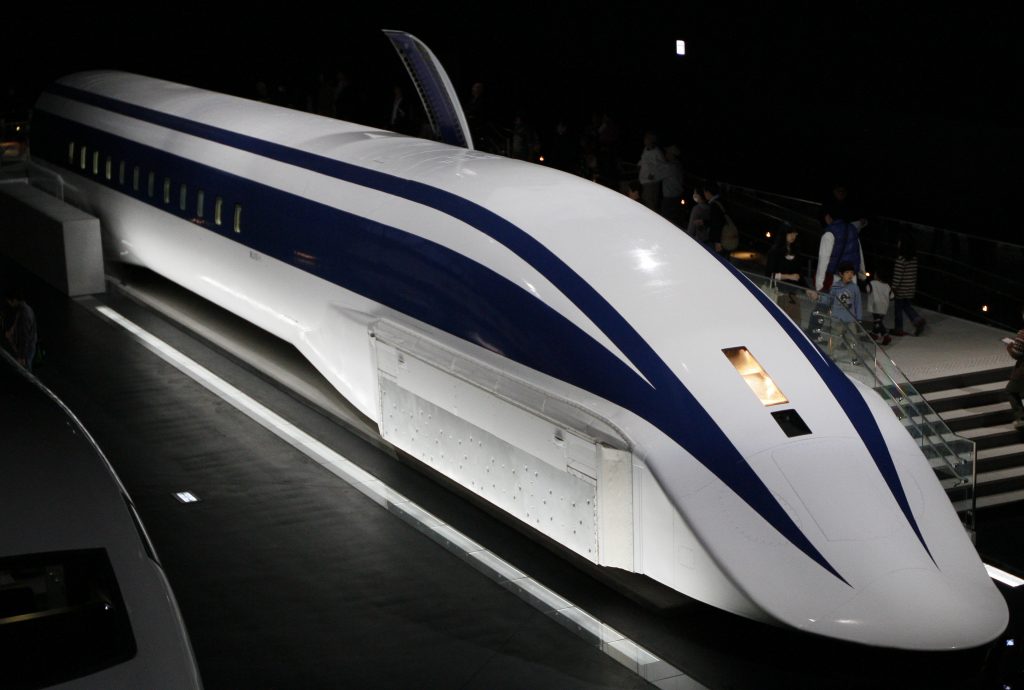
Transportation has been around since the dawn of man. Over time it has grown and changed until what we have today with cars, buses, and planes. While these forms of transportation speed up our daily lives and ease of travel, they also create a host of other problems. The transportation industry is one of the most polluting industries and creates some of the largest negative impacts on the environment. There are currently 1.4 billion cars, 8 million buses, and 40,000 planes in the world using gasoline to produce energy. In the United States alone these forms of transportation produce over 2 million metric tons of greenhouse gases yearly. Luckily, over the last few years more research and investment has been going into more sustainable forms of transportation. We are slowly seeing them creep into the market and they are predicted to continue to increase in the future.

The most commonly used form of motorized transport in the world is cars. Electric cars are a great alternative to normal gasoline ones. The technology in this field has vastly improved over recent years and will continue to improve in the future. Electric cars have reached a point where they are becoming affordable to purchase and are in the same price range as their gasoline powered siblings. Some electric cars have reached a range of 375 miles before they have to be recharged, which is actually farther than many nonelectric ones. Additionally, they typically have faster acceleration times, are lighter, and less noisy. They do not produce fossil fuel gases as they run and many of their charging stations run on solar or other renewable energy sources.

Another great alternative to standard cars are electric and hybrid buses. These buses run the same way electric cars do, but as they carry more people, they reduce the number of cars that must be produced. The entire fleet of buses in Shenzhen, China are electric. It has been estimated that the city’s change from diesel buses reduces greenhouse gas emissions by 440,000 tons and saves 160,000 tons of coal per year. To provide a transportation pathway for the vehicles already on the road green highways are being implemented. Green highways are a design approach for transportation cooridors that attempt to reduce the possible environmental effects of creating roadways. A few of the main points green highways focus on are water permeability, protection of local ecosystems, and energy efficient design.
In cities and for short distance travel electric scooter and bikes are becoming more available. They typically run using a small battery and recharge through friction created in breaking. Additionally, scooter and bike sharing companies are popping up in many cities around the world. They are a great alternative for local travel and are affordable for consumers that don’t want to purchase their own. They are maintained and distributed by companies, so they are always working and available for use. They reduce the number of other vehicles and greenhouse gases produced.

In the realm of long distance travel environmentally friendly trains are already used and electric passenger planes are being researched. Electric trains have an electrically charged rail in the tracks or above the train that provides a continuous flow of energy while the train is moving. They reach speeds of more than 200 mph and are considered safer than fossil fuel powered ones. Additionally, each passenger that uses an electric train produces over 35% less CO2 than if they used a coal powered train. Japan has taken it one step further and uses a maglev (Magnetic Levitation) train system, one example pictured above. This functions by using the repelling charge of magnets to push the train along at speeds up to 315 miles per hour. For longer distance travel, solar powered planes are being researched by many producers, like Boeing and Lockheed Martin. They are designed to charge, store, and maintain energy using solar power in a similar manner to electric cars, but on a much larger scale. Prototypes have already been produced. They represent a huge opportunity to reduce our carbon footprint and still travel without worrying about the environmental impact.
It is predicted that the future will hold a variety of environmentally conscious transportation options. A few of the more unique technologies currently being researched are efficient biofuels, a Hyperloop train system, and solar powered drones. These are just a few of the possible sustainable forms of transportation we might see in the future. As individuals we should do our best to reduce our carbon footprint. One of the most effective and easy ways to do this is be aware of how we travel and choose environmentally friendly options.




